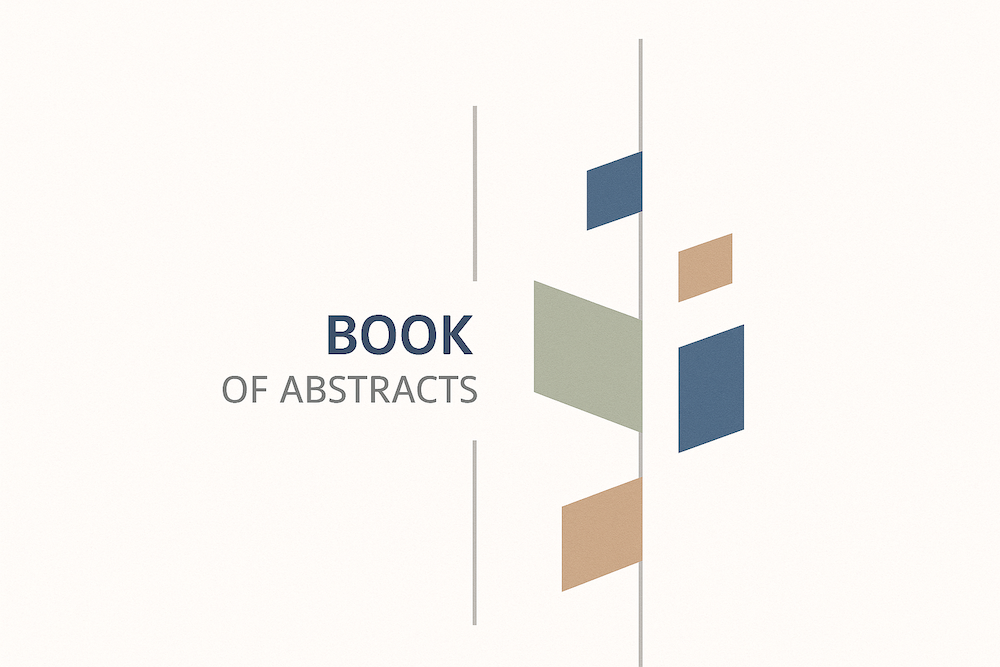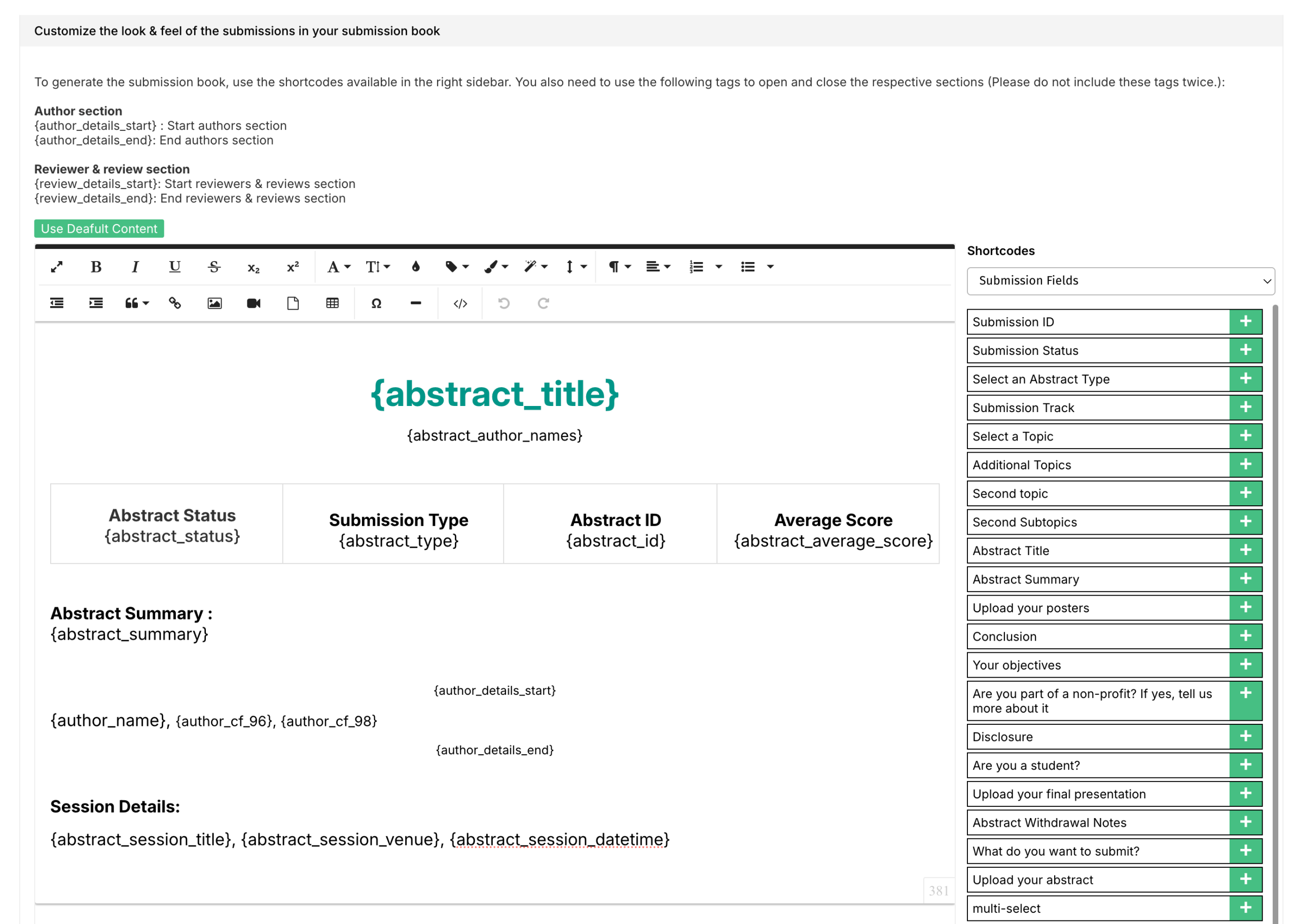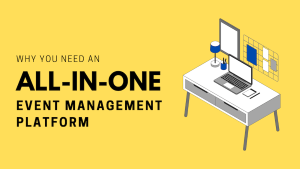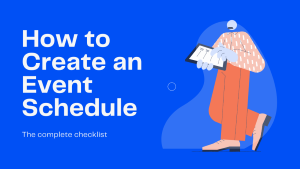
Every conference organizer knows the feeling that when the final list of accepted abstracts is ready, another mountain of work begins. Hundreds of submissions need to be formatted, proofed, categorized by session, indexed by author, and compiled into one clean, readable file for attendees and the public. Traditionally, this process has been exhausting. Copy-pasting from spreadsheets, juggling inconsistent file formats, and checking citation orders could take days.
Dryfta’s Abstract Management Software changed that. Its Abstract Book Builder was designed as the final stage of the research event cycle, closing the loop between submission management and publication. Once reviews are complete and decisions are in, Dryfta automatically pulls accepted abstracts, authors, and session information from the conference database, arranging them neatly into a ready-to-publish document. It’s not just a convenience feature but a bridge between academic process and presentation.
What the Abstract Book Builder Actually Does
Inside the admin dashboard, event managers can access the “Abstract Book Builder” that transforms conference submissions into a publication. The system fetches all accepted abstracts, their corresponding authors, and the sessions where they are scheduled to be presented. Titles, affiliations, keywords, and even abstract IDs are automatically arranged in a consistent format.
Each abstract is grouped under their respective sessions, cross-referenced with author indexes, and linked back to the conference program. The end result is a PDF Abstract Book that looks like it was typeset by a professional publisher but without the weeks of manual formatting.
The editor can preview, tweak, and adjust before publishing. Add a page acknowledging sponsors? Insert a foreword from the organizing committee? Everything can be done within the same interface.
Why It Matters for Organizers
For conference organizers, this tool eliminates one of the most painful post-conference bottlenecks. Before tools like Dryfta existed, teams would often collect final abstracts in Word, merge them into a master document, and then manually align formatting, pagination, and indexes. Any late change like an updated author name or a session re-assignment would ripple through the entire document.
Dryfta’s system changes that dynamic. Since it draws information directly from the same database used for submissions, reviews, and scheduling, there’s no duplication of effort. If an author updates their affiliation or if a session title is renamed, those changes automatically reflect in the generated book.
The process is so fluid that it almost feels invisible. Instead of acting as a separate publishing project, the abstract book becomes a natural extension of the conference’s data flow. From submission to review, acceptance, scheduling, and finally, publication.
A Single Source of Truth
One of the quiet strengths of this tool lies in data consistency. In many conferences, inconsistencies appear at the final stage. For example, author names spelled differently across systems, mismatched presentation titles, or missing co-authors. Dryfta’s unified structure ensures every piece of information comes from one verified source.
Because the Abstract Book Builder uses the same accepted abstract records that reviewers and chairs have already validated, errors are minimized. There’s no need for data reconciliation between files. This also means the final publication aligns perfectly with the live online program schedule, an important detail when both digital and printed materials are distributed simultaneously.
How It Helps Researchers and Participants
Researchers, especially those who present regularly, value abstract books more than most realize. They serve as an official archive of what was discussed, discovered, and debated. For many, the abstract book becomes a citable document as proof of contribution in professional and academic records.
The automatically generated abstract books retain structure and integrity. Author names appear as submitted, affiliations are intact, and abstracts are indexed alphabetically. Participants can quickly locate their work or reference others in their field. For future attendees reviewing the conference’s impact, this collection becomes a representation of the event’s scholarly output.
And for presenters who might not have full papers published yet, the abstract book provides early visibility. It’s often the first public footprint of ongoing research.
Editors Still Stay in Control
Automation in Dryfta doesn’t mean rigidity. The platform keeps editors firmly in control of layout, order, and presentation.
The editor can define the cover design, insert conference logos, adjust title alignments, and choose which metadata appear under each abstract. They can reorder sections, decide whether to include session details, and even insert custom pages like sponsor acknowledgments, forewords, or editorial notes.
Dryfta also provides options for headers and footers, giving editors control over how page numbers, event names, or dates are displayed. The same attention applies to indexes. The organizers can enable or disable the author index, and the system automatically compiles it from the accepted submissions list.
The Technical Underpinnings
Behind the interface lies an automated data assembly pipeline. Once the admin clicks “Generate Abstract Book,” Dryfta gathers records directly from the database tables linked to accepted submissions, reviews, and sessions.
The system arranges the entries according to the chosen layout template, applies typography rules, merges them into a formatted PDF, and attaches optional sections like acknowledgments and sponsor banners.
All of this happens within seconds. What used to take several days of formatting and proofreading is now condensed into a single click. The result is a professionally formatted publication that organizers can download, print, and distribute digitally.

Who Benefits Most
Dryfta’s Abstract Book Builder finds its strongest audience among academic and scientific conferences, where abstracts form the core of intellectual exchange. But it’s also used by medical associations, NGOs, and research-driven enterprises organizing symposia and policy events.
For institutions hosting recurring conferences, the feature becomes even more valuable. Every year’s collection of abstracts can be stored and accessed within Dryfta, preserving the history of the event’s research output.
For the authors, it’s an official acknowledgment of participation. For reviewers and session chairs, it’s a record of their contribution. And for sponsors, it’s a chance to be visible in a permanent publication rather than fleeting web banners.
The End of Copy-Paste Publishing
Anyone who has ever built an abstract book manually remembers the fatigue eg., reformatting text blocks, adjusting spacing, chasing missing affiliations, checking numbering sequences, you name it. What Dryfta does is remove the grunt work entirely.
It doesn’t just speed things up but also reduces human error. Because the source is centralized and automated, every update cascades correctly. If an author’s title changes from “Dr.” to “Prof.” or a session moves from Track A to Track B, the new data appears automatically the next time the book is generated.
A Digital and Archival Legacy
Beyond event week, the generated abstract book continues to serve multiple purposes. It becomes a permanent record for institutional repositories, grant reporting, and accreditation requirements. Organizers can link the book on the event website, and distribute it to libraries and media partners.
As a result, what starts as a simple automation step evolves into something far more enduring: a documented legacy of the research shared through the conference.
And that’s what makes it special. It doesn’t just produce a book; it captures the rhythm of a conference, the diversity of ideas, the structure of thought, all bound together neatly, ready for the world to read.




